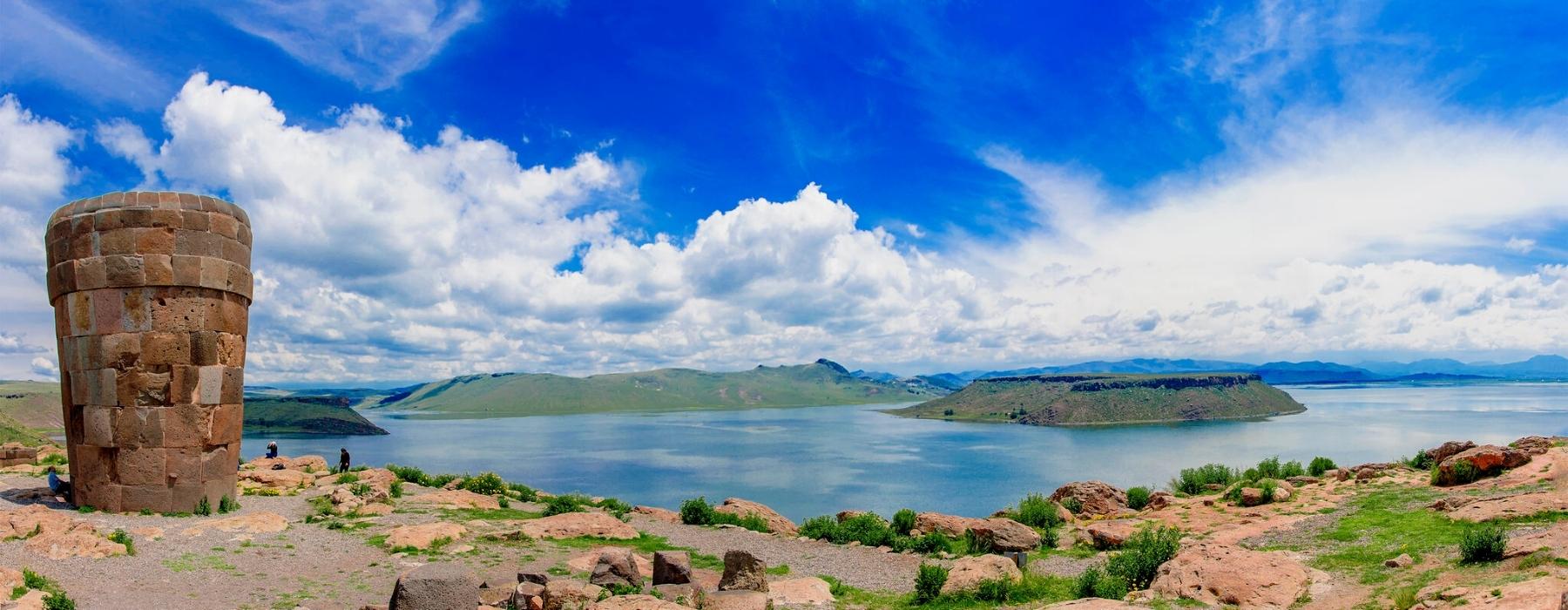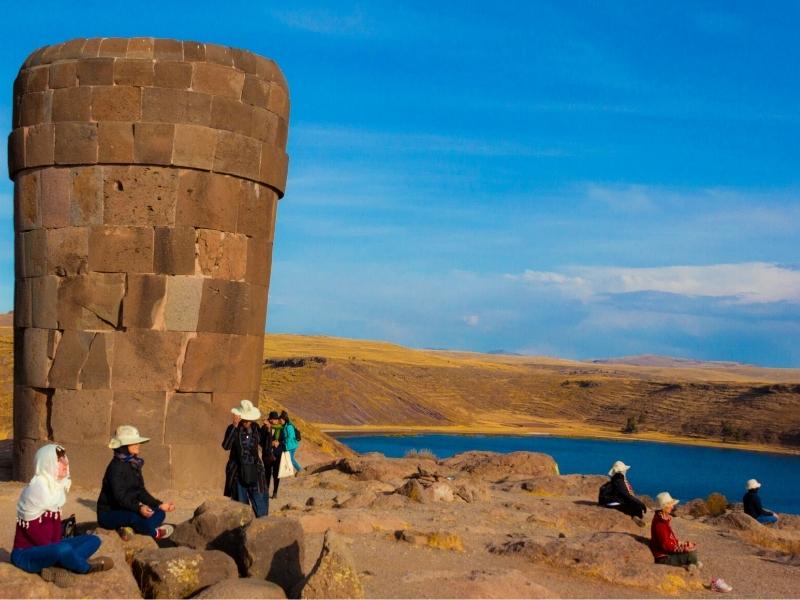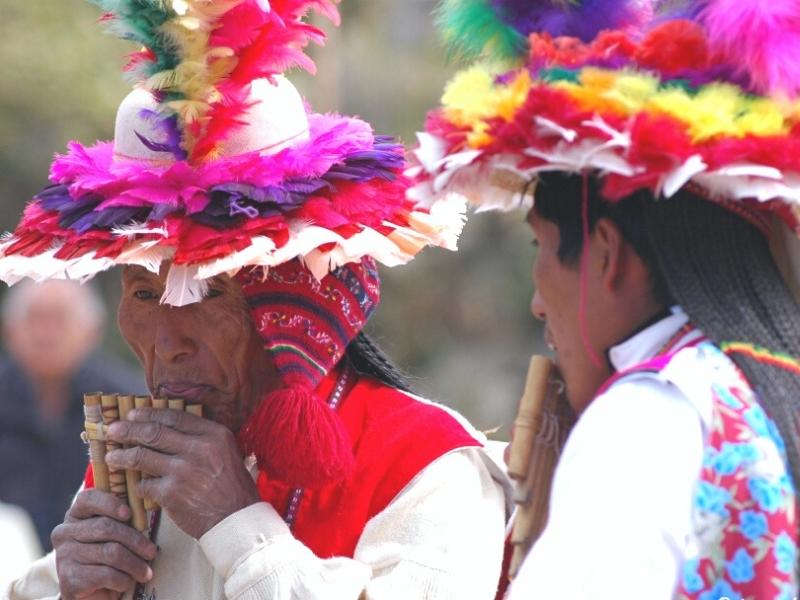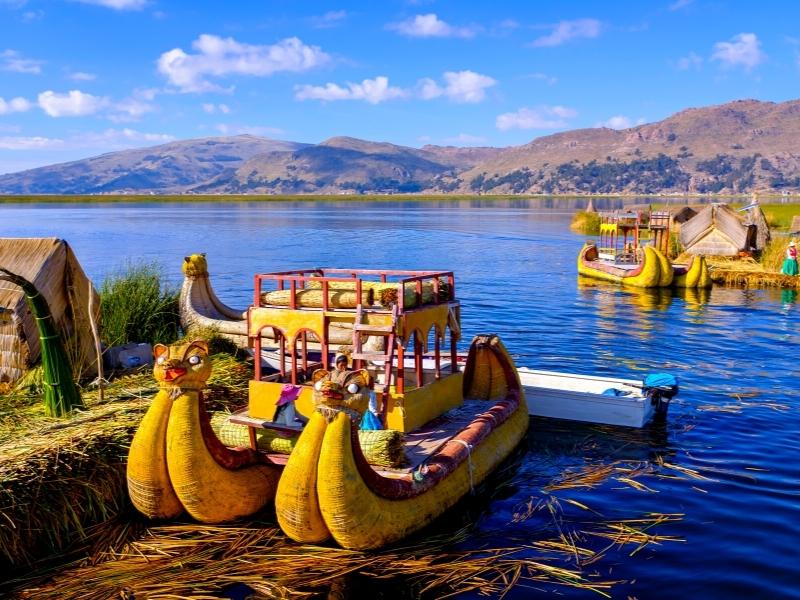
The Sillustani chullpas are located 34 kilometers from the city of Puno, on the peninsula that enters the bright blue waters of the Umayo Lagoon at 4,000 meters above sea level. This amazing lagoon, which has a depth of approximately 14 meters, is connected by the Chaullamayo rivers to the southwest and Ccaccapunco to the north, and communicates through the Illpa River with Lake Titicaca.
Sillustani, etymologically comes from the words “sillus” (nail) and “llustani” (slide); then, the literal translation of Sillustani would be nail slide. Perhaps referring to the fact that the union of the external blocks of the chullpas does not even allow the passage of a nail.
Sillustani has about 90 inverted cone-shaped chullpas. According to history, before the corpses of the highest Kolla authorities were placed in the tombs, they were mummified in the fetal position. These authorities were the most representative of the Inca Empire.
Along with their bodies, their belongings were located, which was done to maintain, over time, respect for the same authorities and everything that had characterized them during their period of government. Some included gold and silver objects, food, or ceramic utensils.
The chullpas are located on top of a small hill. Among the most famous, we find the chullpa del Lagarto, named for the large stone blocks at the base. This is the most representative of the culture, since it is the most notorious, rising 12 meters high with stones that fit perfectly, in addition, it was built during the Inca era.


Sublime landscapes, wildlife, history, culture - Peru has more than its fair share. Its famed snow-capped Andean peaks shelter the temples and fortresses of the Inca and other pre-Columbian cultures, linked by a network of paved trails.


The wonders of Peru await you as you hike through the Manu Amazon rainforest, traverse the plains of the Sacred Valley of the Incas, and stroll the cobbled streets of Cusco on this 15-day trip from Lima. Search for monkeys and medicinal plants in the Amazon, travel the ancient road to Machu Picchu, experience a stay in a traditional community on the shores of serene Lake Titicaca.


Peru is a multicultural country, and megadiverse, because it has different ecological floors, which have special microclimates, where ancient civilizations dominated the cold landscape of the Andes, and the hot coasts of the Pacific. It is also part of the great Amazon forest where a great variety of unique animals and plants coexist. This tour will take you to the most impressive landscapes in South America.
